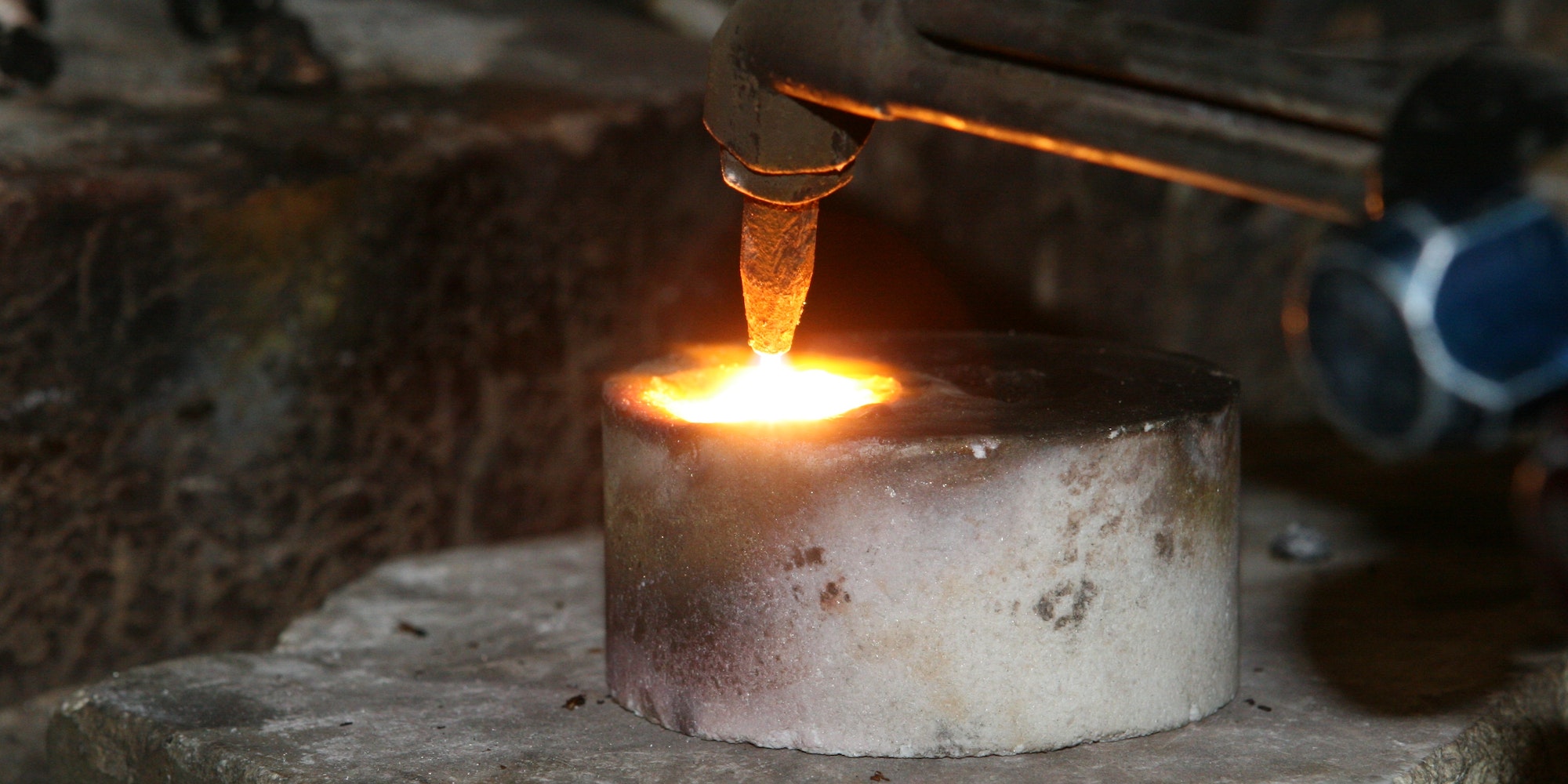Both CPUs and graphics processors require heat sinks. They may be found in a variety of products, including lighting and automobile equipment. There are trade-offs you must make while creating a heat sink. Finding the ideal balance between the variables that influence performance is necessary. Keep in mind that a variety of factors, including:
- The substance used
- Protrusion style
- air speed, and
- surface preparation
Aluminum is the most popular material when it comes to selection. It's also important to note that extrusion is the most typical production procedure for heat sinks. Let's discuss the advantages of aluminum versus copper. After that, we'll discuss the best alloys from which to pick.
Why use aluminum over copper?
We have already discussed the advantages of using copper and aluminum as heat sinks. It's crucial to remember that copper has greater levels of heat conductivity. In actuality, copper has a thermal conductivity that is almost 60% greater than aluminum's. But aluminum is adaptable, affordable, and light. Additionally, it still has high thermal conductivity. This ultimately makes it acceptable for the majority of applications. A variety of aluminum extrusion heat sinks are available. But the most common production method is extrusion. Heat sinks can be extruded in large quantities for a fair price. You could ask what alloy to use for your extrusions if you're creating extruded heat sinks.
How heat sink functions?
Computers get hot, and if the heat is not dissipated, the system as a whole may be damaged. Installing a heat exchanger is important to move the heat away from the system. Using a fluid medium, such as air or a liquid coolant, the heat generated in the system is transferred to the heat sink, which then directs the heat away from the computer.
What function does a heat sink serve?
Essentially, a heat sink serves to keep the computer running smoothly. Without a heat sink, the device may overheat and lose its effectiveness. Installing a heat sink will help keep the device functioning smoothly by directing produced heat away from the system and preventing overheating.
What makes a heat sink crucial?
A heat sink is essential for increasing the lifespan of a lighting equipment, as was previously mentioned. It draws heat away from the gadget by absorbing more heat. Heat sinks are a crucial component since they improve the device's efficiency by dissipating extra heat. Computers and other similar gadgets may age more quickly without a heat sink. The other components, which heat up pretty rapidly, may function well in a cold atmosphere thanks to heat sinks.
Which kind of aluminum alloy need to be used for heat sinks?
Think again if your initial instinct is to seek for the alloy with the maximum heat conductivity. The thermal conductivity of 1050 aluminum, for instance, is 229 W/mK. For heat sinks, this alloy is mechanically too brittle. For heat sinks, you should often look at the 6000 series alloys. These alloys are often used, quite robust, and frequently extrude well. Some of the most popular alloys in the 6000 series are 6061 and 6063. They are typical for all types of extrusion. And both of them will serve as excellent heat sinks.
How to choose the best options for your project?
Whatever alloy you choose, keep in mind that heat dissipation involves more than just the metal. The 6000 series alloys' thermal conductivities vary just little from one another. Therefore, increasing the heat sink's surface area and improving airflow over it are crucial for improving performance. Make sure the heat sink fits the hot component as closely as feasible in your design, leaving the lowest space possible. This will contribute to the accomplishment of your project.


